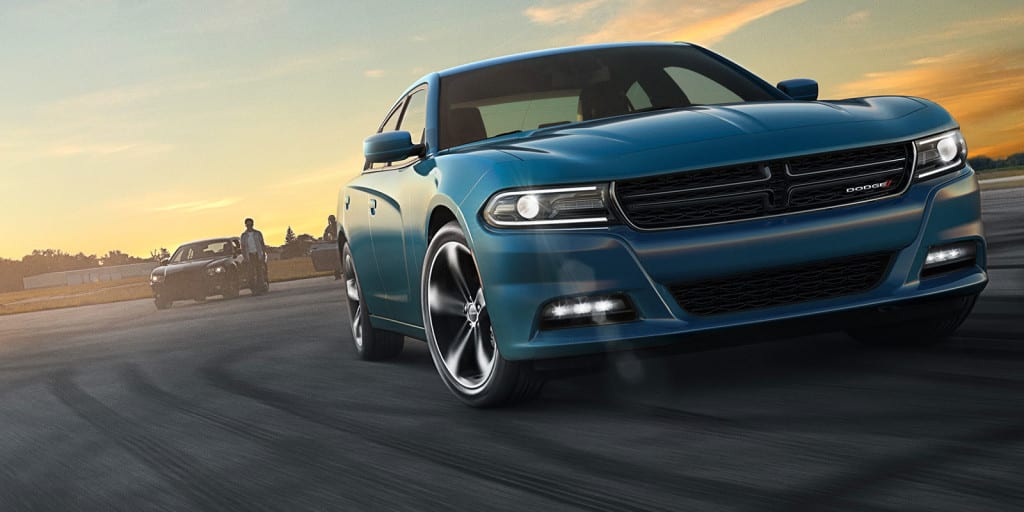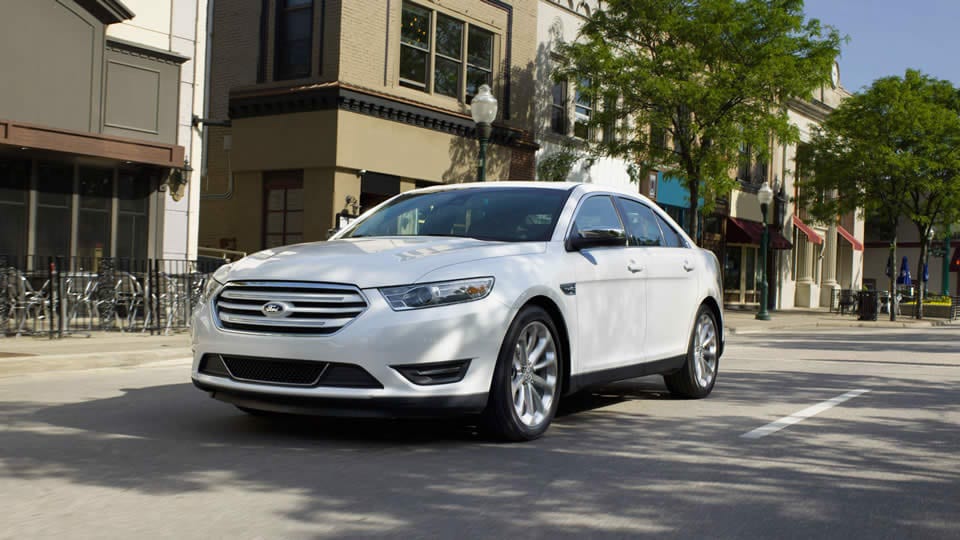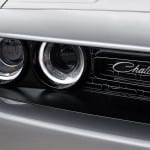In the world of performance sedans, there are two segment-defining features of utmost importance: what they look like and how they perform. For the 2016 Dodge Charger, there isn’t much competition that even comes close to its combination of old-school swagger and modern good looks, not to mention its heritage-inspired, raw and muscular power. But, Ford made an attempt with its performance-oriented Taurus SHO (Super High Output). Unfortunately, it was a bad move on their part, considering that the 2016 Taurus is a large family sedan, not exactly designed to burn rubber.
For the Charger, performance just comes naturally. With a plethora of trim and engine options, the Charger is a much more appealing choice than a Ford Taurus SHO; especially when you consider the price of each.
What a Performance Sedan Should Look Like
A performance-oriented sedan should have a slightly average sedan-like appeal, combined with all the great elements inherent in a legendary muscle car. This is something the Charger has done very well since its modernization, and something the Taurus SHO lacks.
Charger
Therefore, it’s no surprise that the first thing any hotrod enthusiast will notice about the 2016 Dodge Charger is the shape of the grille and headlights. Despite its modern stylistic flair, the inspiration for the Charger’s grille is quite clearly taken from the ones found on the old-school models. It’s relatively the same size height-wise as the older models, but not quite as long. Instead, the headlights make up the extra length, and complete the design with LED bars above and below the central bulb. This gives the grille and headlights a sense of unity, and is certainly one of the more unique and intriguing front fascias on the road today. But, even with the modern twists, the grill still retains its aggressive nature, proving to onlookers that this sedan means business.
The low and sweeping bumper is the next performance-inspired cue, leading the way for the Charger’s bold and aggressive stance. Much like the grille and front-end, the hood has been cut from the same robust cloth. It’s wide and sweeping to match the overall front end design, featuring that famous muscle car bulge in the center, coupled with the identifiable and familiar valleys on the sides of the hood. A classic car nod comes from an indented line running along the center of the hood back to the windshield, completing the Charger’s trip down memory lane.
Past the front end, the Charger looks to have the body of a modern and slightly muscular sedan sitting on a large set of tires. The hood is left relatively plain, and is designed for purely aerodynamic purposes. The sides have a couple of ridges on the top and bottom that start underneath the driver and passenger side mirror, running back towards the rear end. A muscular curve in the back fender positions the back end sit slightly higher than the front, where a modernized racetrack inspired LED tail lamp matches the curve of the spoiler. Dual tip exhausts round off the modern and sporty flair, and provide the perfect finishing touch on what a performance sedan should look like.
Taurus SHO
Like I said before, the 2016 Taurus SHO lacks the same type of appeal and muscular ruggedness as the Charger. Why? Because Ford didn’t incorporate any design elements from a hot-rod; even if they had, it must not have been a very good looking hot-rod. Instead, they took their bland 2016 Taurus base design, and tried to make it look more performance-driven. The result is a vehicle that does harbor some sense of athleticism, but not to the same degree as the other performance sedans you see. Even the Dodge Dart, a small compact car that took its design inspiration from the older Dart muscle car, looks more performance-oriented than this confusing concoction.
While the Charger is able to do bold quite well, Ford failed to create the same intimidating presence in the Taurus SHO. Instead, the SHO looks more like a bulky marshmallow driving down the road. The front end is square and stocky, and looks about as aerodynamic as a brick. The sides of the vehicle are left relatively plain, and the hood has a few windswept ridges implanted in an attempt to give it a little attitude. The back end has a spoiler that sticks out at an awkward angle and then slopes downward, jutting out in a peculiar manner. They managed to make the rear-end sit slightly higher than the front for that athletic look, but that’s all it looks like they were able to do right.
In a market where car companies are striving to make their sedans more appealing to different types of crowds, there is an abundance of examples demonstrating the right and wrong ways to do it. The Charger is a prime example of what a performance-sedan should look like, and the Taurus SHO is an example of a poorly designed one.
Heritage-Inspired Performance
Another big part of a sport-oriented sedan is the performance. While the Charger has a multitude of engine, one of them being the supercharged 6.2-liter Hemi SRT Hellcat with 707 horsepower, the SHO can’t even come close to touching that. The SHO’s 3.5-liter EcoBoost V6 is actually closer to the Charger’s 3.6-liter Pentastar V6 base engine.
The stock SHO engine is able to put out 365 horsepower and 350 lb-ft of torque, whereas the Charger’s base V6 generates 292 horsepower and 260 lb-ft of torque. Weak in comparison? Yes it is. However, that’s all the SHO can show for performance capabilities. The Charger still has three more engines to go after; two of which fall onto trims in the same price range as the SHO. The 5.7-liter Hemi V8 engine beats the SHO’s engine with 370 horsepower and 395 lb-ft of torque, and the 6.4-liter Hemi V8 engine completely dominates it with 485 horsepower and 475 lb-ft of torque.
Yes, the EcoBoost technology probably nets the Taurus SHO better fuel economy than at least 3/4 of the Charger’s engines; but once you see the price, you’re looking at the final nail in the coffin for the Taurus SHO.
Price Comparison
The starting MSRP for the base 2016 Dodge Charger is $27,995, which is something else Ford failed to consider. The SHO can’t have a base price, because it’s a top of the line model in the Taurus trim hierarchy. Therefore, it’s stuck with a whopping starting MSRP of $40,275, with a single engine option that can only beat the Charger’s stock equipment.
To put that in perspective, the Charger R/T Scat Pack trim is able to completely crush the SHO in performance when paired with its 485 horsepower 6.4-liter Hemi V8, and still only costs a starting MSRP of $39,995.
Even the base R/T comes in at $33,895 with a 370 horsepower 5.7-liter engine, which is over $6,000 cheaper than the SHO, and it gets you better performance.
It’s clear that the Charger is the better performance sedan concept, especially thanks to its heritage inspired performance and design. Paying 40k for the SHO gets you a design that doesn’t even come close to touching the Charger’s, with an EcoBoost that has a lot of trouble catching up to the engine options on the Charger.








